In February 2012, the then DARD permanent secretary Gerry Lavery floated the idea at a Stormont committee meeting that it might be possible in future to have a larger capital grant scheme in NI, similar to that which was available to Scottish farmers at the time.
A year later came the Agri-Food Strategy Board, with its Going for Growth report, which built on Lavery’s thoughts when it recommended that the Government identifies £250m for a Farm Business Improvement Scheme (FBIS) to improve the competitiveness of NI farming and stimulate efficient growth.
Three years on, the main element of the FBIS has come to fruition with Agriculture Minister Michelle McIlveen announcing the opening of the capital grant scheme in Northern Ireland last week.
Over that period, there have been a number of changes to thinking. Young farmers under 40 were initially promised a higher rate of 50% grant, rather than 40%. That higher rate of grant hasn’t materialised, and instead the scoring mechanism has been weighted in their favour. Also, land drainage was potentially on the eligible list, but later in the process dropped off. However, coming on to the list at the eleventh hour has been fencing, both for farm boundaries and to improve internal grazing infrastructure.
The 40% capital grants are coming in two tiers. Tier 1 is for purchases of new machinery and equipment, with a minimum spend of £5,000 (£2,000 of grant) to a maximum of £30,000 (£12,000 of grant).
Tier 2 is for larger investments of specialist machinery or construction projects above £30,000 and with a maximum grant rate of £250,000. Tier 1, administered by Countryside Services Ltd, in Dungannon, is open now to applications and closes at 4pm on 16 December. Progress with the second tier of the scheme has been slower, and this tier will not open to applications until 19 December 2016, closing on 24 February 2017.
For anyone thinking of applying to the scheme, there are a number of important points to note. Firstly, there is an initial budget allocation of £40m for two tranches of the FBIS, with approximately £15m set aside for Tier 1 and £25m for Tier 2. A second tranche of the scheme is due to open in autumn 2017.
In total, however, up to £200m has been promised by the Stormont Executive. Whether this money is ever drawn down will depend on the level of uptake by farmers of the first two tranches. Under the last capital grant scheme in NI, the Farm Modernisation Programme, underspend was a real issue, with farmers getting approvals for equipment, but then not actually proceeding with a purchase. This time around, the Department has threatened to penalise those who make an application, receive a letter of offer, but then don’t actually buy the items listed. In a construction project under Tier 2, DAERA has also threatened to apply penalties to those who don’t fully comply with a letter of offer.
Number of applications
The second issue is the number of times a farmer can apply to the scheme. In the first tranche, an applicant cannot apply to both Tier 1 and Tier 2 – it is one or the other. For Tier 1, a farmer can make multiple applications (and get multiple approvals) over the lifetime of the scheme, to avail of a maximum of £12,000 of grant.
If a farmer is successful with a Tier 1 application in the first tranche, there is nothing to stop them applying to Tier 2 in a second tranche of the scheme, but remember that the maximum grant awarded across both tiers is £250,000.
However, for those applying to Tier 2 in the first tranche, the situation is different. If an application is rejected in the first tranche, there is nothing to stop an applicant applying again in the second tranche. But if approval is given for a Tier 2 application, then the current wording of the legislation suggests that as it is – you cannot apply again for a second Tier 2 project. In fact, if an applicant is successful with a Tier 2 application, then they will probably be out of the scheme in future (both Tier 1 and Tier 2).
The other important issue to note for farmers applying to Tier 2 relates to the Nitrates Action Programme, and the legal requirement on farm to have 22 weeks slurry storage capacity (26 weeks for pigs and poultry). Any applicant to Tier 2 who has a project that involves building new slurry storage capacity or expanding livestock numbers must be able to demonstrate that they currently meet the requirements. The Department cannot be seen to be using public money to grant aid farms just to help them comply with the law.
Read more
Special focus: planning for TAMS II and FBIS grants
In February 2012, the then DARD permanent secretary Gerry Lavery floated the idea at a Stormont committee meeting that it might be possible in future to have a larger capital grant scheme in NI, similar to that which was available to Scottish farmers at the time.
A year later came the Agri-Food Strategy Board, with its Going for Growth report, which built on Lavery’s thoughts when it recommended that the Government identifies £250m for a Farm Business Improvement Scheme (FBIS) to improve the competitiveness of NI farming and stimulate efficient growth.
Three years on, the main element of the FBIS has come to fruition with Agriculture Minister Michelle McIlveen announcing the opening of the capital grant scheme in Northern Ireland last week.
Over that period, there have been a number of changes to thinking. Young farmers under 40 were initially promised a higher rate of 50% grant, rather than 40%. That higher rate of grant hasn’t materialised, and instead the scoring mechanism has been weighted in their favour. Also, land drainage was potentially on the eligible list, but later in the process dropped off. However, coming on to the list at the eleventh hour has been fencing, both for farm boundaries and to improve internal grazing infrastructure.
The 40% capital grants are coming in two tiers. Tier 1 is for purchases of new machinery and equipment, with a minimum spend of £5,000 (£2,000 of grant) to a maximum of £30,000 (£12,000 of grant).
Tier 2 is for larger investments of specialist machinery or construction projects above £30,000 and with a maximum grant rate of £250,000. Tier 1, administered by Countryside Services Ltd, in Dungannon, is open now to applications and closes at 4pm on 16 December. Progress with the second tier of the scheme has been slower, and this tier will not open to applications until 19 December 2016, closing on 24 February 2017.
For anyone thinking of applying to the scheme, there are a number of important points to note. Firstly, there is an initial budget allocation of £40m for two tranches of the FBIS, with approximately £15m set aside for Tier 1 and £25m for Tier 2. A second tranche of the scheme is due to open in autumn 2017.
In total, however, up to £200m has been promised by the Stormont Executive. Whether this money is ever drawn down will depend on the level of uptake by farmers of the first two tranches. Under the last capital grant scheme in NI, the Farm Modernisation Programme, underspend was a real issue, with farmers getting approvals for equipment, but then not actually proceeding with a purchase. This time around, the Department has threatened to penalise those who make an application, receive a letter of offer, but then don’t actually buy the items listed. In a construction project under Tier 2, DAERA has also threatened to apply penalties to those who don’t fully comply with a letter of offer.
Number of applications
The second issue is the number of times a farmer can apply to the scheme. In the first tranche, an applicant cannot apply to both Tier 1 and Tier 2 – it is one or the other. For Tier 1, a farmer can make multiple applications (and get multiple approvals) over the lifetime of the scheme, to avail of a maximum of £12,000 of grant.
If a farmer is successful with a Tier 1 application in the first tranche, there is nothing to stop them applying to Tier 2 in a second tranche of the scheme, but remember that the maximum grant awarded across both tiers is £250,000.
However, for those applying to Tier 2 in the first tranche, the situation is different. If an application is rejected in the first tranche, there is nothing to stop an applicant applying again in the second tranche. But if approval is given for a Tier 2 application, then the current wording of the legislation suggests that as it is – you cannot apply again for a second Tier 2 project. In fact, if an applicant is successful with a Tier 2 application, then they will probably be out of the scheme in future (both Tier 1 and Tier 2).
The other important issue to note for farmers applying to Tier 2 relates to the Nitrates Action Programme, and the legal requirement on farm to have 22 weeks slurry storage capacity (26 weeks for pigs and poultry). Any applicant to Tier 2 who has a project that involves building new slurry storage capacity or expanding livestock numbers must be able to demonstrate that they currently meet the requirements. The Department cannot be seen to be using public money to grant aid farms just to help them comply with the law.
Read more
Special focus: planning for TAMS II and FBIS grants




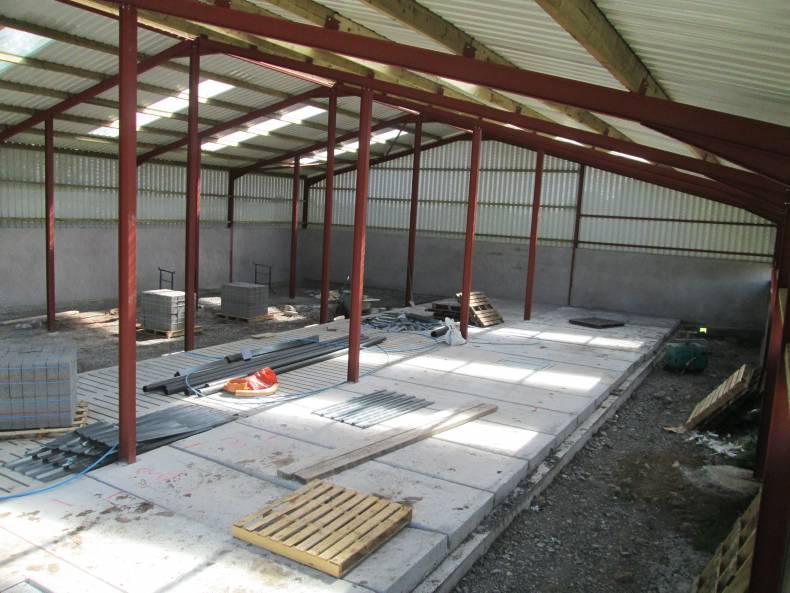
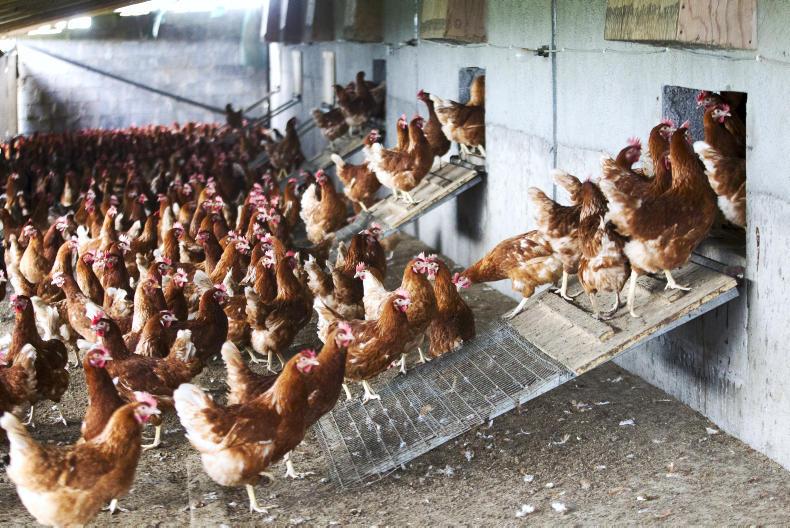

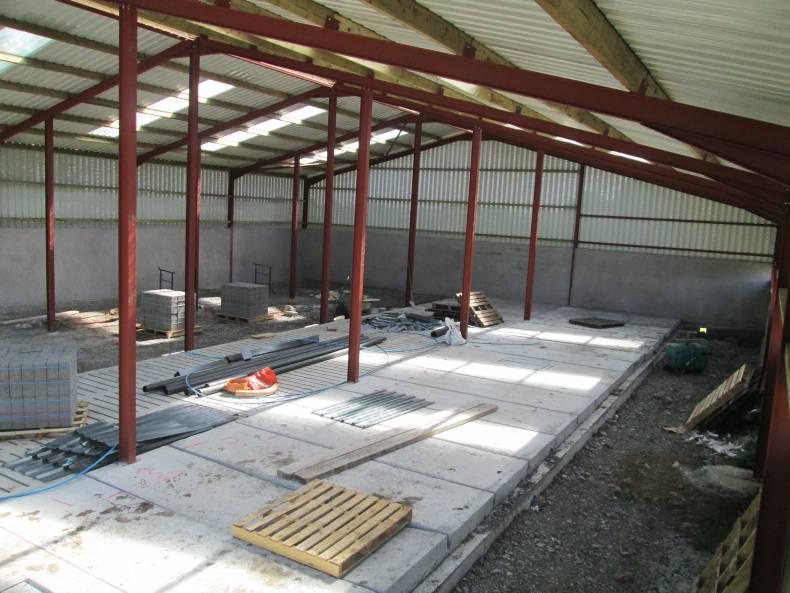
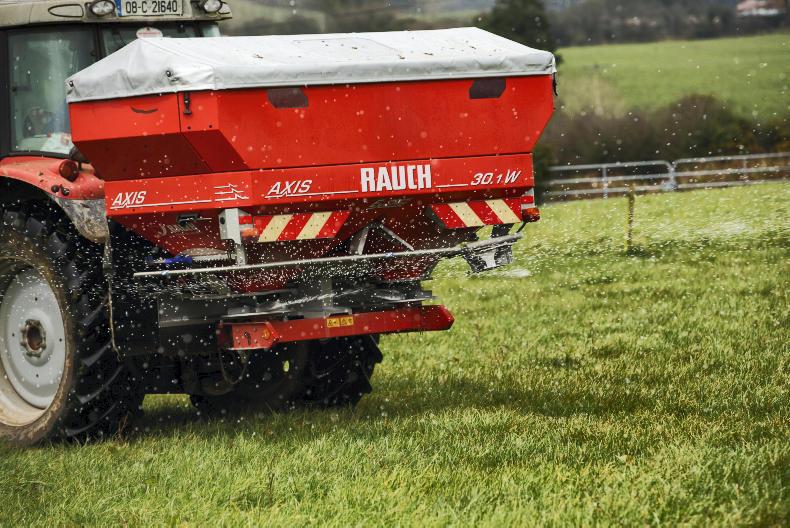
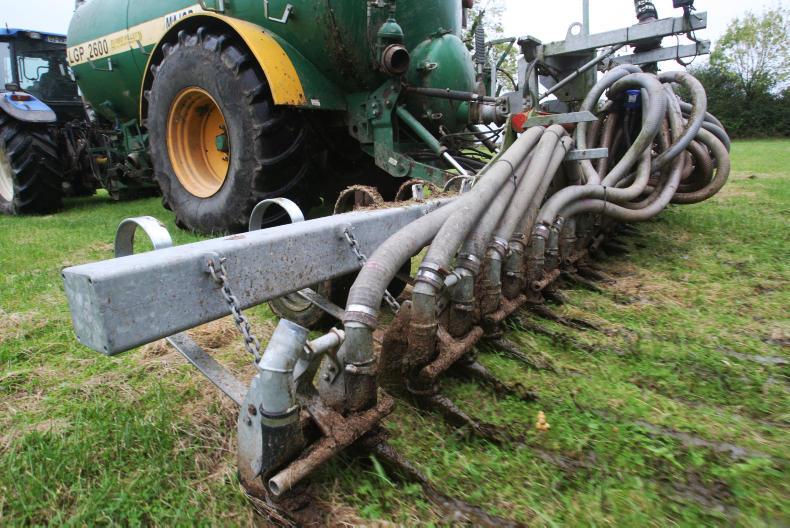
SHARING OPTIONS